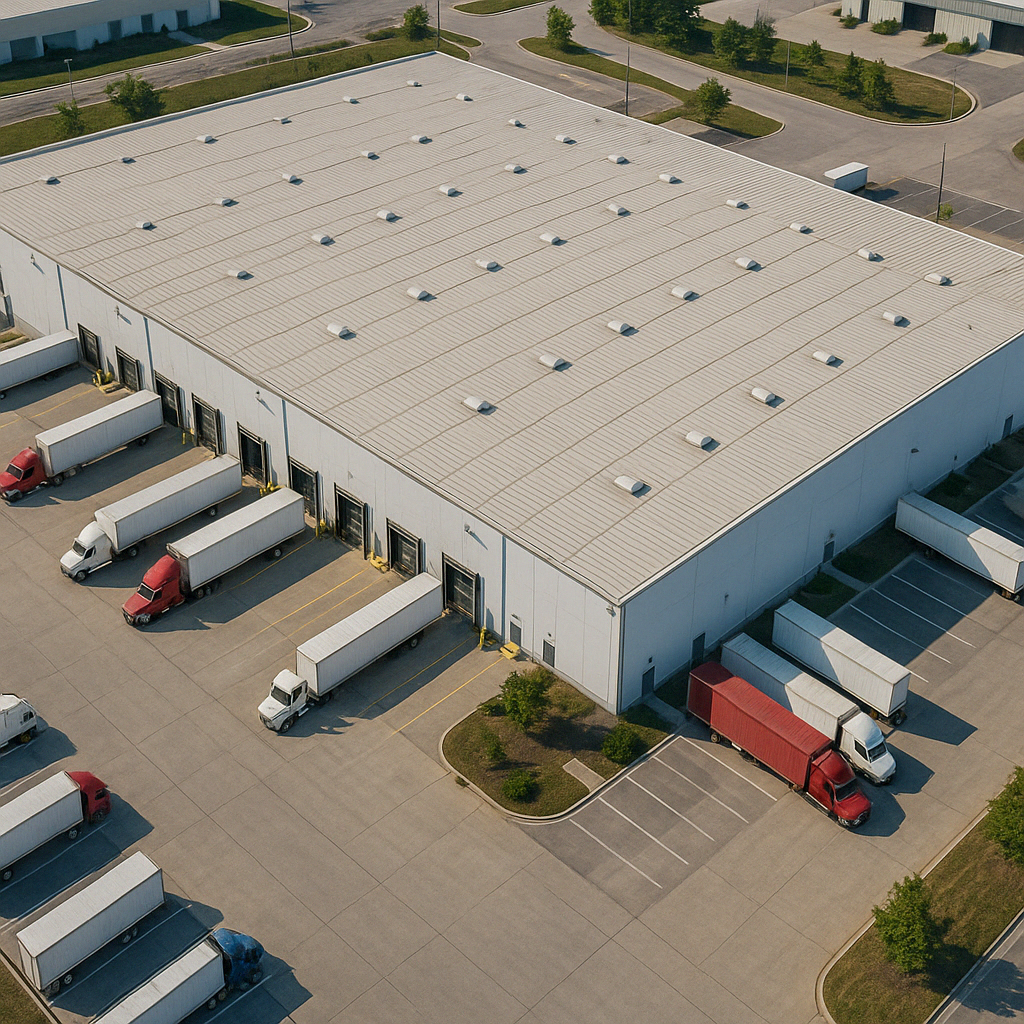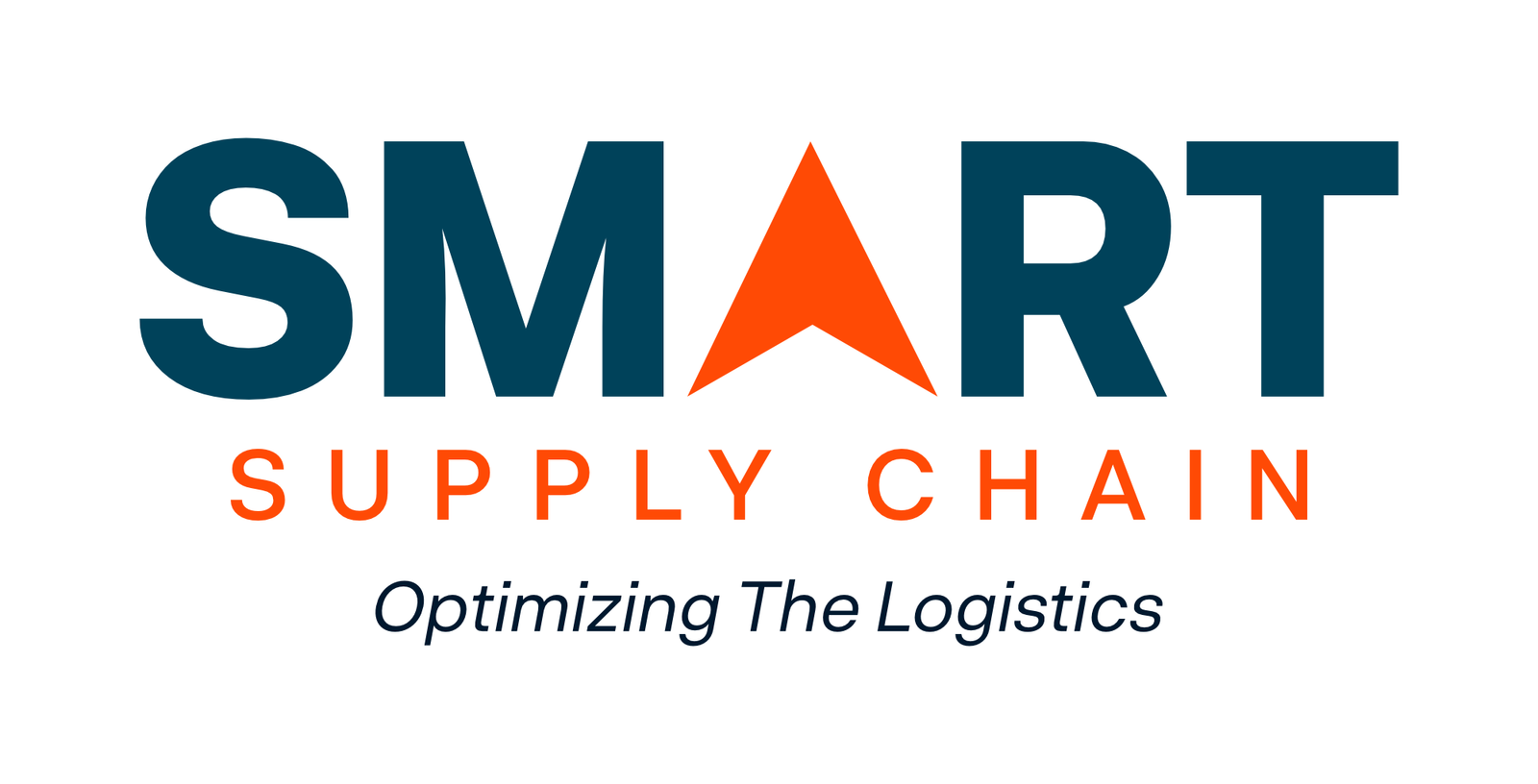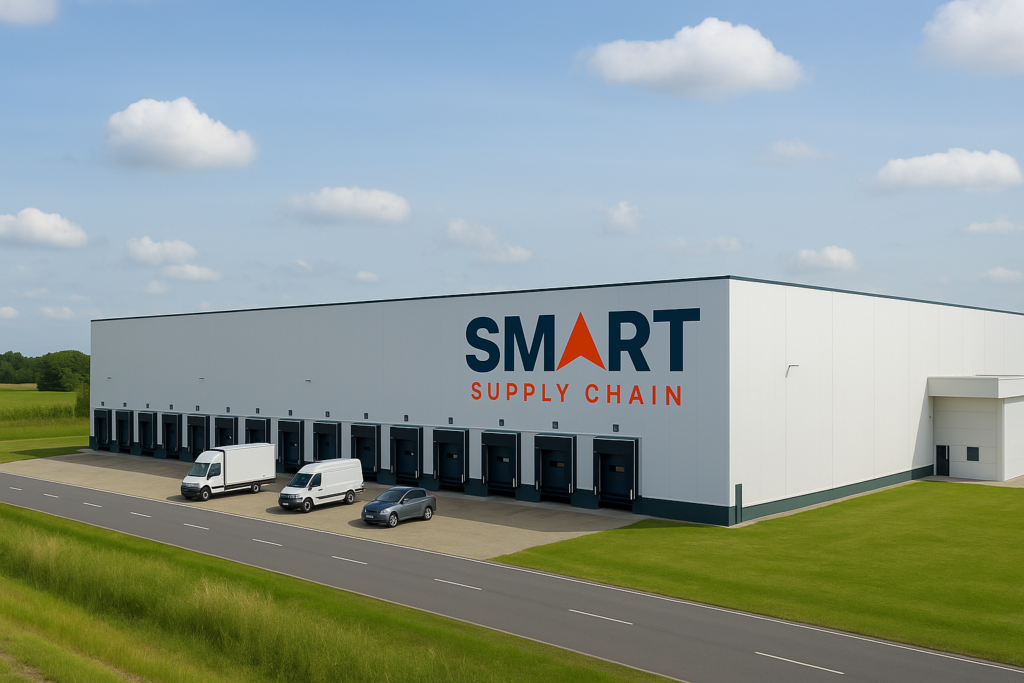Introduction
India’s Warehousing Boom in 2024 is undergoing a remarkable transformation. As we move through 2024, the sector is not only expanding in size but also evolving in scope. Driven by the rising influence of third-party logistics (3PL) providers, the explosive growth of e-commerce, and the strategic rise of Tier II and III cities, India is witnessing a warehousing revolution. The total warehousing stock across the country is expected to surpass 400 million square feet, with newer demand centres driving unprecedented interest from investors, developers, and logistics operators alike.
This blog presents a deep dive into the forces fueling this growth and what it means for the future of supply chain efficiency, regional development, and business profitability.

1. The Role of 3PL in Reshaping Warehousing Demand
Third-party logistics (3PL) providers are taking centre stage in India’s warehousing ecosystem. As businesses increasingly outsource their logistics operations to specialized partners, 3PLs are becoming indispensable in modern supply chain architecture.
According to recent data, 3PL players accounted for 43% of the total transacted warehousing space in Mumbai alone in 2024, the highest among all sectors. This trend indicates that businesses are recognizing the cost, scalability, and efficiency benefits that 3PLs offer—allowing them to focus on core competencies while experts handle logistics.
Moreover, the scope of services provided by 3PLs is expanding beyond storage and transportation to include inventory management, reverse logistics, fulfillment, packaging, labelling, and integrated IT solutions. Their expertise in network optimization and demand forecasting allows companies to adapt quickly to market shifts. As consumer demand becomes more volatile and customized delivery expectations grow, 3PLs are increasingly leveraging data analytics and automation to drive supply chain visibility and flexibility.
This evolution is fostering demand for larger, tech-enabled Grade A warehouses located closer to consumption hubs. Warehouses are being designed not just as storage facilities but as smart logistics nodes capable of managing high-volume, multi-client operations efficiently.
2. E-Commerce: The Digital Engine of Distribution
E-commerce continues to revolutionize the way goods are bought and distributed, and its impact on warehousing is profound. The sector captured 9% of the total warehousing demand in H1 2024, making it one of the fastest-growing verticals in the logistics landscape.
With rising internet penetration and smartphone adoption across India, consumer behavior is shifting rapidly towards online purchasing. The convenience of one-click ordering, real-time tracking, and doorstep delivery is driving massive demand for inventory decentralization. To keep pace, e-commerce players are building hyperlocal networks, where smaller warehouses or dark stores are set up closer to end consumers.
This shift has created an urgent need for faster delivery times, regional fulfilment centres, and last-mile connectivity. Companies are now investing in micro-fulfilment centres located closer to urban and semi-urban areas, ensuring swift movement of goods without congesting central storage hubs. Seasonal peaks like festive sales or flash deals also require flexible warehousing capacity, something traditional models often struggle to offer.
Furthermore, the blending of online and offline retail models (omnichannel commerce) means brands need a unified warehousing strategy that can serve multiple channels simultaneously. This complexity is pushing the demand for modern, scalable warehousing solutions that can support multi-client inventory management and dynamic order routing.
3. Tier II & III Cities: The New Frontiers of Supply Chains
A remarkable transformation is taking place in India’s hinterlands. Tier II and III cities are no longer peripheral to warehousing strategies—they’re becoming essential. As of 2024, these cities contribute nearly 18.7% of India’s total warehousing stock, amounting to 100 million sq. ft., and growing steadily.
Several factors are driving this shift:
- Rising consumption in smaller cities: A significant percentage of online orders now originate from Tier II and III cities, signalling growing digital adoption and disposable income. Cities like Jaipur, Indore, Coimbatore, Bhubaneswar, and Patna are not only consuming more but also demanding faster delivery timelines, forcing businesses to build warehouses closer to demand centres.
- Lower land costs and rental yields: Compared to metro areas, Tier II and III cities offer more affordable real estate and better rental yield opportunities, reducing overall operating costs for warehouse developers and occupiers.
- Expanding infrastructure: Highway expansions, freight corridors, and multi-modal logistics parks are connecting remote regions more efficiently. Improved road and rail connectivity ensures that even regional nodes can function as distribution hubs.
- Policy push: GST implementation removed interstate trade barriers, encouraging businesses to decentralize inventory. State governments are also offering subsidies and incentives to attract warehousing investments.
In the coming years, these emerging cities are expected to drive the next phase of India’s warehousing boom. With increasing urbanization, improving consumption, and expanding physical infrastructure, they hold the key to building a distributed, agile supply chain network.
4. Infrastructure & Policy Push: Accelerating Growth
India’s warehousing surge is underpinned by strong infrastructure development and forward-thinking policies. The government’s PM Gati Shakti Master Plan, aimed at creating multimodal connectivity, is streamlining logistics operations across the country.
Major national-level projects like Bharatmala, Sagarmala, and the Dedicated Freight Corridor (DFC) are enhancing connectivity between ports, industrial hubs, and consumption centres. This not only reduces travel time and logistics costs but also encourages businesses to establish facilities in previously underserved regions.
The National Logistics Policy (NLP) further supports this growth by laying out a framework for integrated digital logistics systems, standardization, and capacity building. It encourages the development of Unified Logistics Interface Platforms (ULIP) that promote real-time data sharing among stakeholders.
These policies, when combined with public-private partnerships and incentives such as single-window clearance systems and reduced regulatory red tape, are making India’s warehousing sector more attractive than ever before.
5. Investment Trends: A Magnet for Global Capital
India’s warehousing sector has emerged as a key asset class for both domestic and international investors. In the first half of 2024, the industry attracted USD 1.5 billion in private equity, marking a 176% increase over the previous year.
Institutional investors and global funds are partnering with Indian developers to build Grade A warehousing assets. The focus is shifting towards long-term income-generating assets with tenants such as Amazon, Flipkart, Delhivery, and leading 3PL providers. These partnerships often involve build-to-suit models, ensuring tailored solutions for large occupiers.
The increasing preference for integrated logistics parks—comprising warehousing, office space, and transport facilities—is another trend gaining traction. These parks are strategically located near highways and industrial corridors, offering scalability and operational flexibility.
ESR, Blackstone, Logos, Welspun One, and IndoSpace are aggressively expanding their footprint across high-potential corridors. As land scarcity and high rentals in metros continue, investment activity is also flowing into secondary and tertiary markets, setting the stage for balanced regional growth.
6. Technology in Warehousing: Smart Operations Ahead
As competition intensifies, the focus is shifting towards smarter and more efficient warehouses. Technology is playing a central role in enhancing productivity, accuracy, and scalability.
Key trends include:
- Warehouse Management Systems (WMS): Automating inventory tracking, order fulfilment, and space optimization to improve turnaround time and reduce errors.
- IoT-enabled sensors: Real-time data on temperature, humidity, and stock movement helps monitor sensitive goods such as pharmaceuticals, food, and electronics.
- Automated Storage and Retrieval Systems (ASRS): Increasing storage density while reducing manual handling risks.
- Electric forklifts and AGVs (Automated Guided Vehicles): Reducing dependency on manual labor and improving the safety of internal logistics.
Digital twin technology, robotics, and AI-driven demand forecasting tools are also entering the mainstream. These innovations not only enhance performance but also offer sustainability benefits such as reduced energy consumption and carbon footprint.
7. Challenges Ahead: What Needs Attention?
Despite the promising growth, the industry faces some pressing challenges:
- Land acquisition and zoning issues: In many regions, lack of clarity in land titles and absence of warehousing-specific zoning regulations delay project approvals and increase costs.
- Skilled workforce shortage: Warehousing increasingly demands skilled personnel who can operate advanced machinery and manage software systems. There is a growing need for training and skilling programs.
- Last-mile connectivity in Tier III towns: While national highways are improving, many smaller towns still lack quality last-mile infrastructure, creating bottlenecks.
- High cost of capital for small developers: While big players attract institutional funding, local developers often struggle with high interest rates and lack of investor confidence.
Addressing these gaps will require coordinated action from government bodies, private investors, and logistics stakeholders. Streamlining policies, investing in workforce development, and strengthening local infrastructure will be crucial.
8. Conclusion: Navigating the Future of Indian Warehousing
India’s warehousing sector is at a transformative juncture. With 3PL and e-commerce leading demand, Tier II and III cities rising as strategic hubs, and investments pouring in, the future looks robust. The continued evolution of digital technologies, policy frameworks, and infrastructure will define how efficiently this momentum is maintained.
For logistics companies, the opportunity lies in early expansion into emerging cities, building tech-driven capabilities, and aligning operations with sustainability goals. For investors, Grade A warehousing assets in high-growth zones offer compelling returns.
What sets this growth apart is its inclusivity—small towns are no longer sidelined but are active participants in India’s supply chain revolution. The next wave of warehousing development will prioritize agility, scalability, and technology integration.
In essence, the warehousing boom of 2024 is not just about storage—it’s about building smarter, faster, and more resilient supply chains that power India’s economic ambitions.




